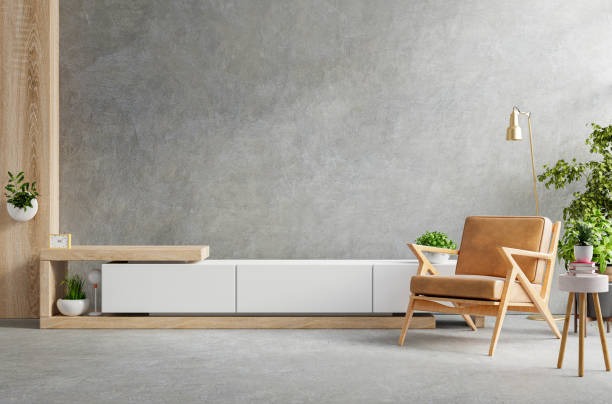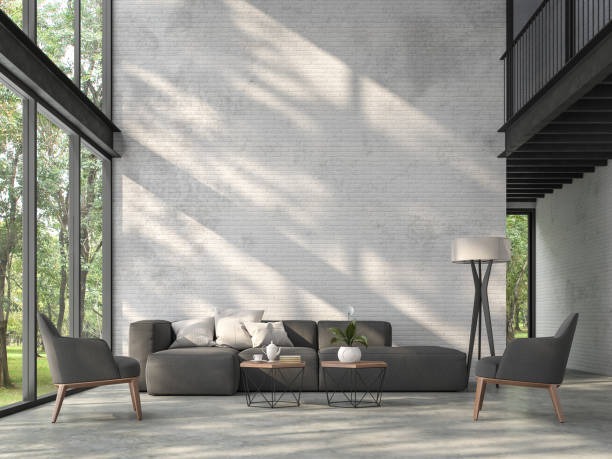The world of interior design has undergone a remarkable transformation over the years, with technology playing a pivotal role in shaping the industry. Today, as we stand on the cusp of the digital age, the integration of technology into interior design courses has become more critical than ever. In this blog, we’ll explore the exciting ways in which technology is revolutionizing interior design education for modern designers.

Digital Design Tools
In the past, interior designers relied heavily on hand-drawn sketches and physical prototypes to bring their visions to life. While these traditional methods still hold value, technology has introduced a new realm of possibilities. Computer-aided design (CAD) software and 3D modeling tools enable designers to create intricate designs, visualize spaces, and make real-time changes, fostering creativity and efficiency in the design process.
Modern interior design courses equip students with proficiency in software like AutoCAD, SketchUp, and Revit, giving them a competitive edge in a digitally driven industry.
Virtual Reality (VR) and Augmented Reality (AR)
Imagine walking through a room that exists only in the digital realm, experiencing every detail before it’s even built. Thanks to VR and AR, this is now possible. Interior design courses are incorporating these immersive technologies to provide students with the ability to virtually step into their designs. This not only enhances the design experience but also aids in client presentations by allowing them to visualize the final result.
Sustainability and Smart Home Integration
The modern designer is not just concerned with aesthetics but also with sustainability and functionality. Technology has played a pivotal role in integrating sustainable practices and smart home solutions into interior design. Courses now emphasize the use of eco-friendly materials and the incorporation of smart devices that enhance comfort and energy efficiency.
Online Collaboration and Project Management
The digital age has made global collaboration a reality. Interior design courses are incorporating online collaboration tools and project management software, enabling students to work seamlessly with team members and clients across the globe. This prepares them for the increasingly global and interconnected design industry.
E-Learning Platforms
The advent of e-learning platforms has made education more accessible than ever. Interior design courses now offer online classes and resources, allowing students to learn at their own pace and from anywhere in the world. These platforms also facilitate the sharing of design inspiration, industry insights, and trends, creating a vibrant online community of aspiring designers.
Data-Driven Design
Incorporating data analytics into interior design is another exciting development. Designers can use data to understand user preferences, optimize layouts, and make informed decisions about colors, materials, and furniture. This data-driven approach ensures that designs are not just visually appealing but also functional and tailored to the needs of the occupants.
3D Printing and Prototyping
The ability to quickly and affordably create physical prototypes has revolutionized the design process. 3D printing technology allows students to bring their concepts to life, experiment with different materials, and refine their designs with ease. This hands-on experience fosters innovation and problem-solving skills among budding designers.
Conclusion
Technology and interior design are becoming increasingly intertwined, offering modern designers a wealth of tools and opportunities. The incorporation of digital design tools, VR/AR, sustainability, online collaboration, and data-driven design into interior design courses equips students with the skills and knowledge they need to thrive in an ever-evolving industry.
Aspiring interior designers should embrace these technological advancements and seek out courses that prioritize their integration. By doing so, they’ll be well-prepared to create beautiful, functional, and sustainable spaces that meet the demands of the modern world. The future of interior design is here, and it’s digital, sustainable, and incredibly exciting.


FREQUENTLY ASKED QUESTIONS (FAQS)
What is the role of technology in modern interior design courses?
Technology plays a crucial role in modern interior design courses by offering tools and resources that streamline the design process, enhance creativity, and keep designers up-to-date with industry trends.
What types of technology are commonly used in interior design courses?
Commonly used technologies include computer-aided design (CAD) software, 3D modeling and rendering programs, virtual reality (VR) and augmented reality (AR) tools, and various design-related software and apps.
How does CAD software benefit interior design courses?
CAD software allows designers to create precise and detailed floor plans, elevations, and 3D models of interior spaces. It streamlines the design process and helps students visualize their ideas.
What are the advantages of using 3D modeling and rendering software in interior design courses?
3D modeling and rendering software enable students to create realistic, three-dimensional representations of their design concepts. This helps them communicate their ideas effectively to clients and stakeholders.
